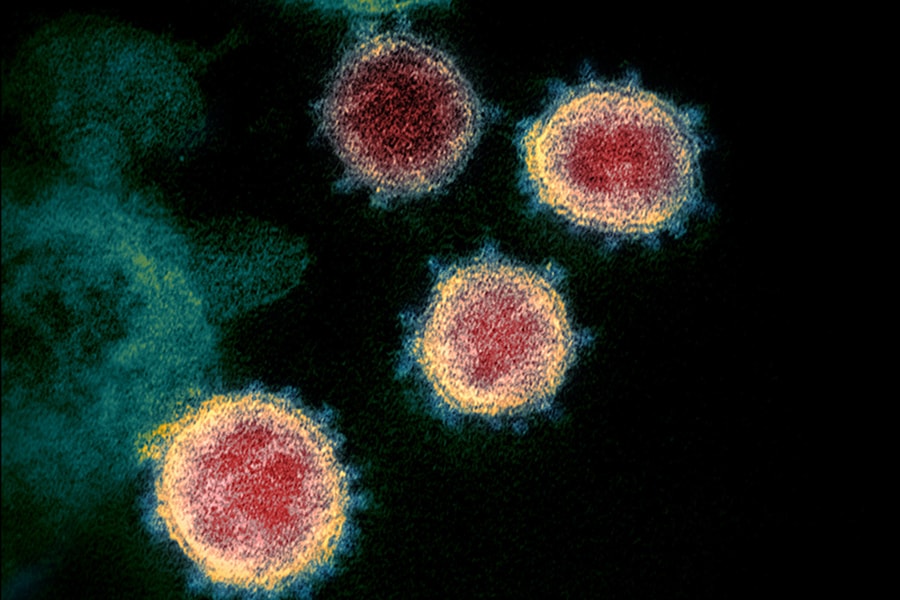
'Is There a Cure?' and answers to other Coronavirus Questions
Here's a list of frequently asked questions about the coronavirus outbreak and its symptoms, explained
 A photo provided by Elizabeth R. Fischer/National Institute of Allergy and Infection Diseases’ Rocky Mountain Laboratories, a coronavirus sample collected from one of the first cases in the United States. Because this coronavirus is so new, experts’ understaing of how it spreads is limited
A photo provided by Elizabeth R. Fischer/National Institute of Allergy and Infection Diseases’ Rocky Mountain Laboratories, a coronavirus sample collected from one of the first cases in the United States. Because this coronavirus is so new, experts’ understaing of how it spreads is limitedImage: Elizabeth R. Fischer/National Institute of Allergy and Infection Diseases’ Rocky Mountain Laboratories via The New York Times
As the coronavirus continues to spread across the globe, the news is coming at a fast and furious pace. But don’t let the volume send you into a panic about your health and that of your loved ones.
“The mantra is, ‘keep calm and carry on,’” said Dr. Marguerite Neill, an infectious disease expert at Brown University.
Here’s a list of frequently asked questions about the coronavirus outbreak and its symptoms.
What symptoms should I look out for?
Symptoms of this infection include fever, cough and difficulty breathing or shortness of breath. The illness causes lung lesions and pneumonia. But milder cases may resemble the flu or a bad cold, making detection difficult.
Patients also may exhibit other symptoms, such as gastrointestinal problems or diarrhea. Current estimates suggest that symptoms may appear in as few as two days or as many as 14 days after exposure to the virus.
©2019 New York Times News Service




